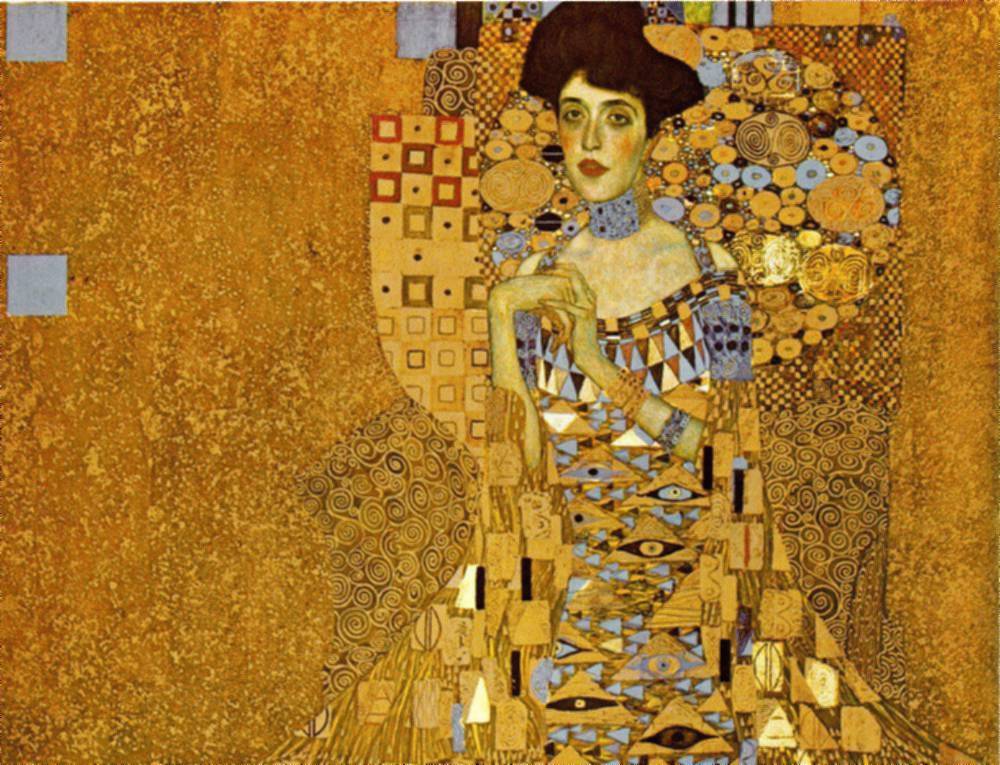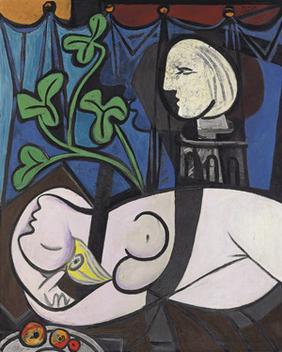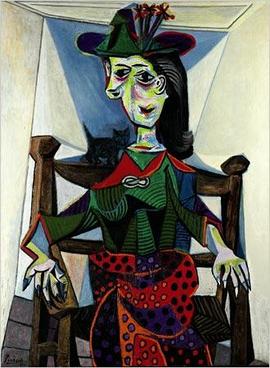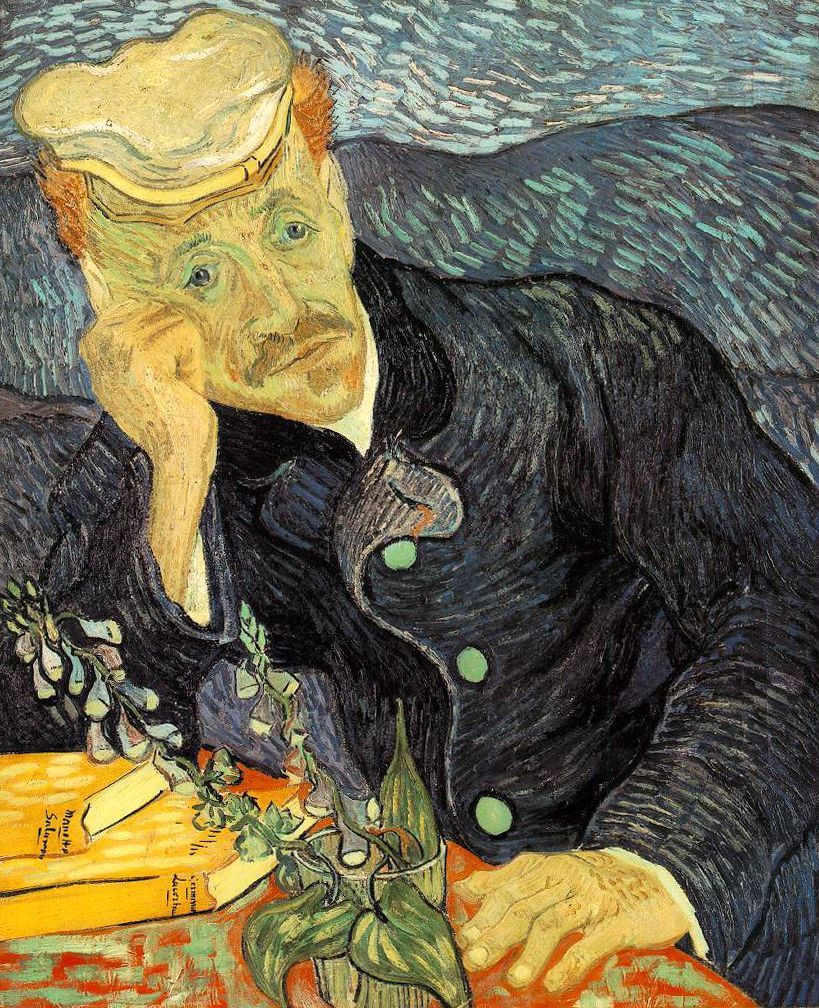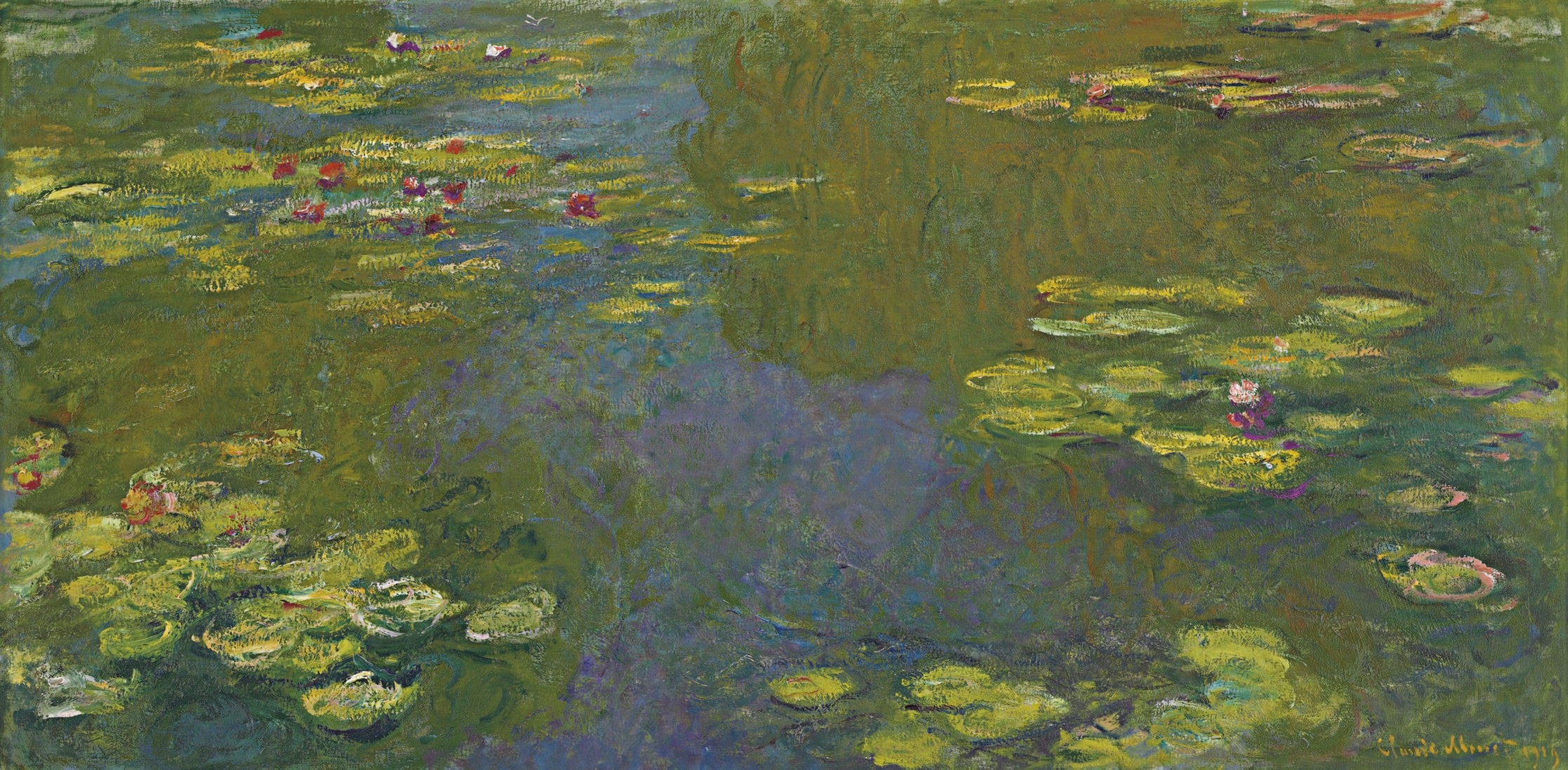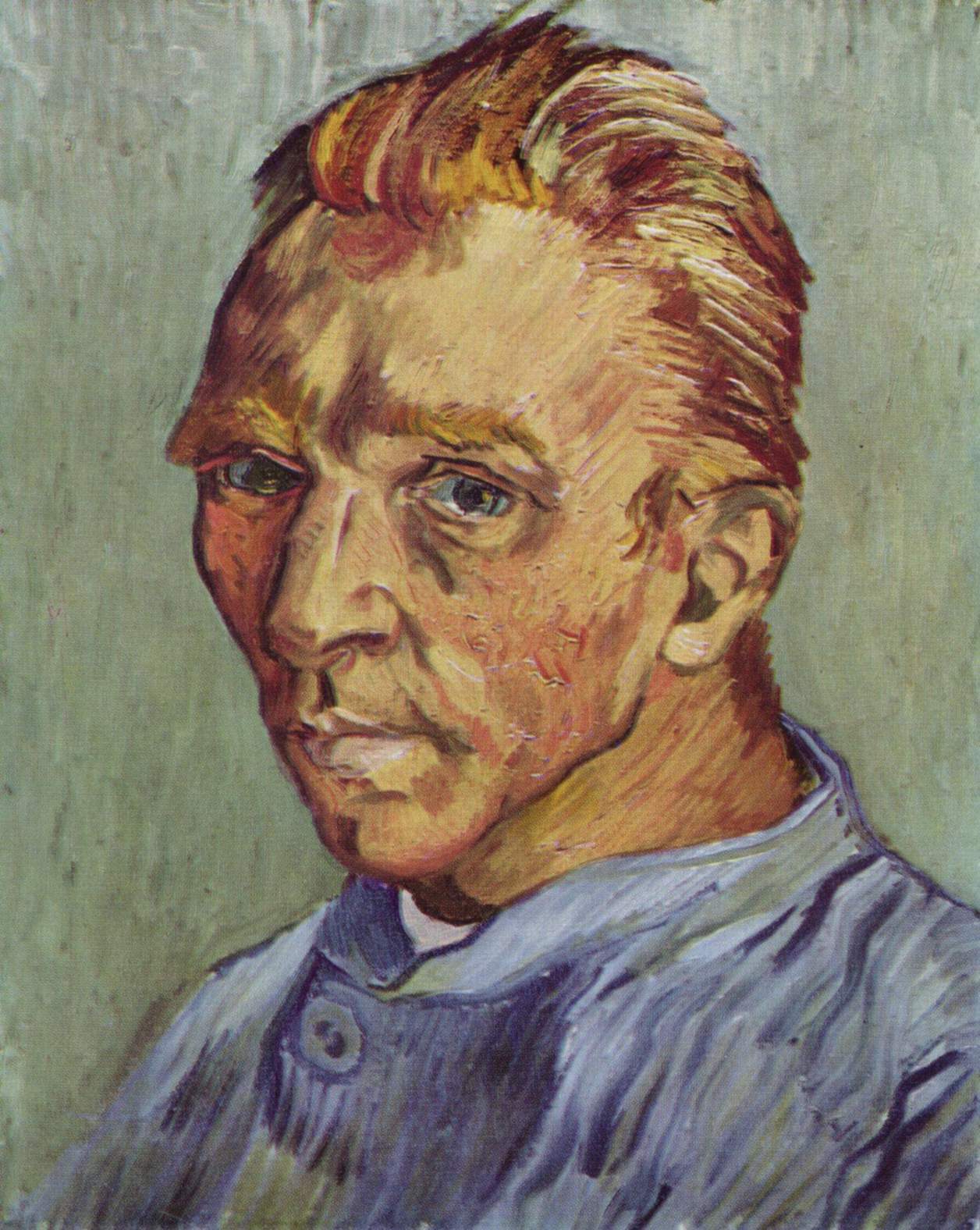1. Portrait of Adele Bloch-Bauer by Gustav Klimt ($135,000,000)
The record-breaking sale - which followed a court order by the Austrian government to return the painting to Bloch-Bauer's heir - was the culmination of a years-long dispute over the painting looted by Nazis during World War II.
Painted by the art nouveau master Gustav Klimt in 1907, the portrait was purchased in 2006 by cosmetics heir Ronald S. Lauder.
2. Nu au Plateau de Sculpteur (Nude, Green Leaves and Bust) by Pablo Picasso ($106, 500,00) Created in a single day in March 1932, Picasso's painting set a world record auction price for a work of art at Christie’s in May 2010. The painting, more than 5 feet by 4 feet, shows Picasso’s mistress Marie-Thérèse Walter, both reclining and as a bust.
3. Garçon à la Pipe by Pablo Picasso ($104,100,000) Garçon à la Pipe was created during the artist's famous Rose Period, during which Picasso painted with a cheerful orange and pink palatte. The oil on canvas painting, measuring 100 × 81.3 cm (slightly over 39 × 32 inches), depicts a Parisian boy holding a pipe in his left hand.
The record price auction at Sotheby's New York on May 4, 2004 was a bit of a surprise to art buyers, since it was painted in the style not usually associated with the pioneering Cubist artist.
4. Dora Maar with Cat by Pablo Picasso ($95,200,000)
Another big surprise followed in 2006, when this painting near doubled its presale estimate and fetched a record $95,200,000 at auction at Sotheby's on May 3, 2006.
Painted in 1941, Picasso's controversial portrait (one of his last) is sometimes described as an unflattering depiction of his mistress, Dora Maar, who was an artist/photographer and mistress of Picasso whose relationship lasted ten years during the 1930s and 40s.
5. Portrait of Dr. Gachet by Vincent van Gogh ($82,500,000)
This painting by the Dutch Impressionist master Vincent van Gogh suddenly became world-famous when Japanese businessman Ryoei Saito paid $82.5 million for it at auction in Christie's, New York. Saito was so attached to the painting that he wanted it to be cremated with him when he died. Saito died in 1996 ... but the painting was saved.
6. Le Bassin Aux Nympheas by Claude Monet ($80,451,178)
Painted by the Impressionist master in 1919, it sold at Christie’s London auction house for a £40,921,250 pounds ($80,451,178) in June 2008, the highest price for a work of art sold by Christie’s in Europe. The estimate was £18–24 million.
7. Bal Du Moulin de la Galette by Pierre-Auguste Renoir ($78,000,000)
Bal au moulin de la Galette, Montmartre was painted by French artist Pierre-Auguste Renoir in 1876. On May 17, 1990, it was sold for $ 78,000,000 at Sotheby's in New York City to Ryoei Saito, who bought it together with the Portrait of Dr Gachet (see above).
8. Massacre of the Innocents by Peter Paul Rubens ($76,700,000)
This painting by Peter Paul Rubens, painted in 1611, is the only painting in this list which was not painted in the 19th or 20th century. It was sold to Kenneth Thomson, 2nd Baron Thomson of Fleet for $ 76,700,000 at a 2002 Sotheby's auction.
9. Portrait de l'Artiste sans Barbe by Vincent van Gogh ($71,500,000)
Portrait de l'artiste sans barbe ("Self-portrait without beard") is one of many self-portraits by Dutch painter Vincent van Gogh. He painted this one in Saint-Rémy-de-Provence, France in September 1889. The painting is a oil painting on canvas and is 40 cm x 31 cm (16" x 13").
This is an uncommon painting since his other self-portraits show him with a beard. The self-portrait became one of the most expensive paintings of all time when it was sold for $71.5 million in 1998 in New York.
10. Rideau, Cruchon et Compotier by Paul Cézanne ($60,500,000) This painting by Paul Cézanne, painted in ca. 1893-1894, sold for $60,500,000 at Sotheby's New York on May 10, 1999 to "The Whitneys". Whitney, born into one of America's wealthiest families, was a venture capitalist, publisher, Broadway show and Hollywood film producer, and philanthropist.



